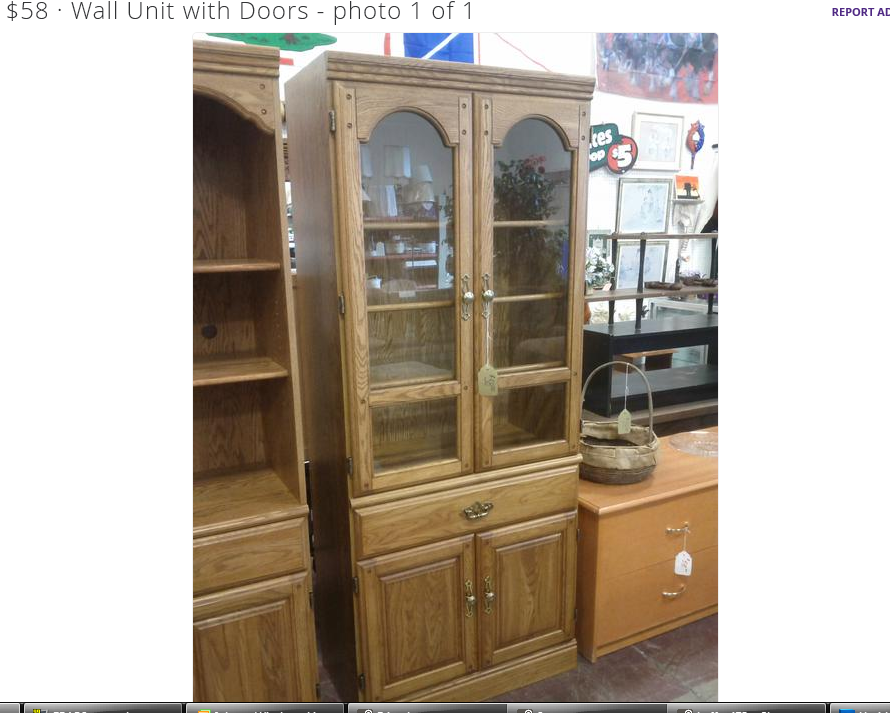Genlisae
New member

Sorry for the extra stuff is a screenshot of a cabinet I am looking at picking up tomorrow.
As for dimensions in inches: 18 deep X32 wide X78 tall.
My thoughts so far have been to knock out all the shelves, lighting inside separated by screening, vents at the side (above the lighting screen) and possibly the top.
And that is as far as I have gotten. I am looking for suggestions on how to accomplish heating and water proofing to hold the water needed by a bioactive system.
I should probably also mention I am not new to bioactive systems. I have successfully built and maintained dart frogs in bioactive complete with river/pond/waterfall (which I would love to do but suspect I am getting ahead of myself here). Those were in very large aquariums though. Already water proofed.
Any and all suggestions welcome!
